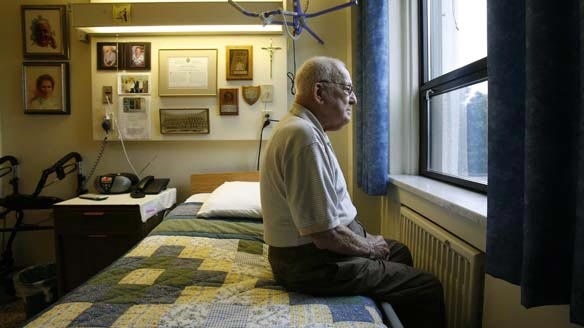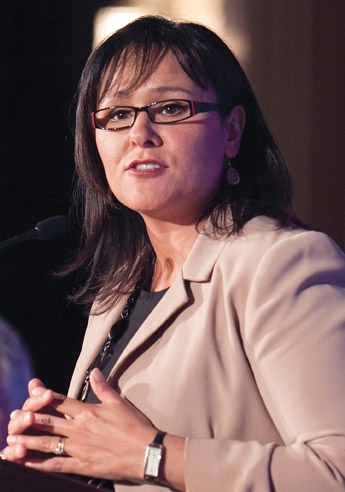
Canada Relying too Heavily on Unpaid Caregivers—At a Cost
Almost half a million Canadians go without necessary homecare.
The unexpected and largely unreported good news about homecare in this country is that the vast majority of Canadians who receive home help or homecare for a chronic health condition are getting all the services they need.
According to a recently released Statistics Canada article, 2.2 million individuals representing eight per cent of Canadians 15 years and older, received homecare in 2012. Most of these individuals, 1.8 million, consider that over a one-year period they received all the services they required (such as personal care, transportation or household maintenance) to help with their daily activities. Only a minority, approximately 15 per cent, said they had unmet homecare needs.
Fully meeting the needs of the vast majority of homecare recipients is a notable achievement for Canada, considering this country has no national homecare system, and considering that provinces, which have jurisdiction over homecare, are known for anemic budgetary expenditures in this area.
So how does Canada achieve so much with so little? Canada has a heavy reliance on informal, unpaid caregivers.
Informal caregivers consist mainly of spouses and adult children of persons with homecare needs, but may also include their other relatives, friends and neighbours. Women are more likely to be caregivers and to provide more care hours than men, and spouses are the first resort for care.
Together, 8.1 million informal caregivers provide an estimated 70 to 80 per cent of all homecare in this country, free of charge. Every year, they are saving the public purse an estimated $24 to $31 billion—no small amount. Thanks to their major contribution, formal services paid by taxpayers play only a subsidiary role in home help and homecare provision.
Paid providers from public healthcare agencies come into play when unpaid family care is not available or is insufficient, and when other options, volunteer or private, are not viable either.
So what’s the problem?
Unpaid caregivers typically want and prefer to provide the care to their loved ones, rather than having formal care providers come into the home. But the role can be demanding.
According to a 2013 Statistics Canada report, nine in every 10 informal caregivers provides care for a year or more. One in every 10 provides 30 hours or more of care every week. One in five considers that caregiving impacts their physical and emotional health negatively. Many informal caregivers incur care-related out-of-pocket expenses, miss days at work, or have to reduce their paid work hours. Some even quit their job. For employers, this may translate to absenteeism and lost productivity.
A detailed analysis by the Institute for Research on Public Policy (IRPP) author Janice Keefe shows that only limited and inconsistent financial supports and in-kind services are available to informal caregivers. As a result, caregivers are left mostly on their own to deal with the negative—and sometimes catastrophic—economic, health and well-being consequences.
In other words, unpaid caregiving comes at a cost for the ones who provide it.
Then there’s the reality that not everyone has a network of friends and family they can call on who are able, capable or willing to handle sometimes complex care needs – in many cases, for care needs required over long periods of time. In 2012, nearly 461,000 Canadians 15 years of age and older suffering from a chronic condition needed homecare but had none—formal or informal. What happened to them as a result is left in part to our imagination. But evidence suggests some of the care gaps may well have resulted in individuals unnecessarily entering hospitals or being transferred to nursing homes instead—at a substantially higher cost to governments than formal homecare.
Many Canadians don’t realize that homecare services are not included in medicare, and provinces are not required to provide support and often do so only sparingly. The problem will likely be exacerbated over the next two to three decades, as the number of elderly Canadians needing assistance is expected to double. Demographic trends and changing patterns of participation in the labour force are such that a smaller cadre of adult children will be left to look after their ageing parents.
Relying on unpaid caregivers left on their own is not a sustainable solution—and is likely to have serious consequences for Canada moving forward. It’s time for governments to step up and care for our caregivers—and make homecare a priority.
By Nicole F. Bernier
 Nicole F. Bernier is an advisor with EvidenceNetwork.ca and research director of the Faces of Aging program at the Institute for Research on Public Policy.
Nicole F. Bernier is an advisor with EvidenceNetwork.ca and research director of the Faces of Aging program at the Institute for Research on Public Policy.










